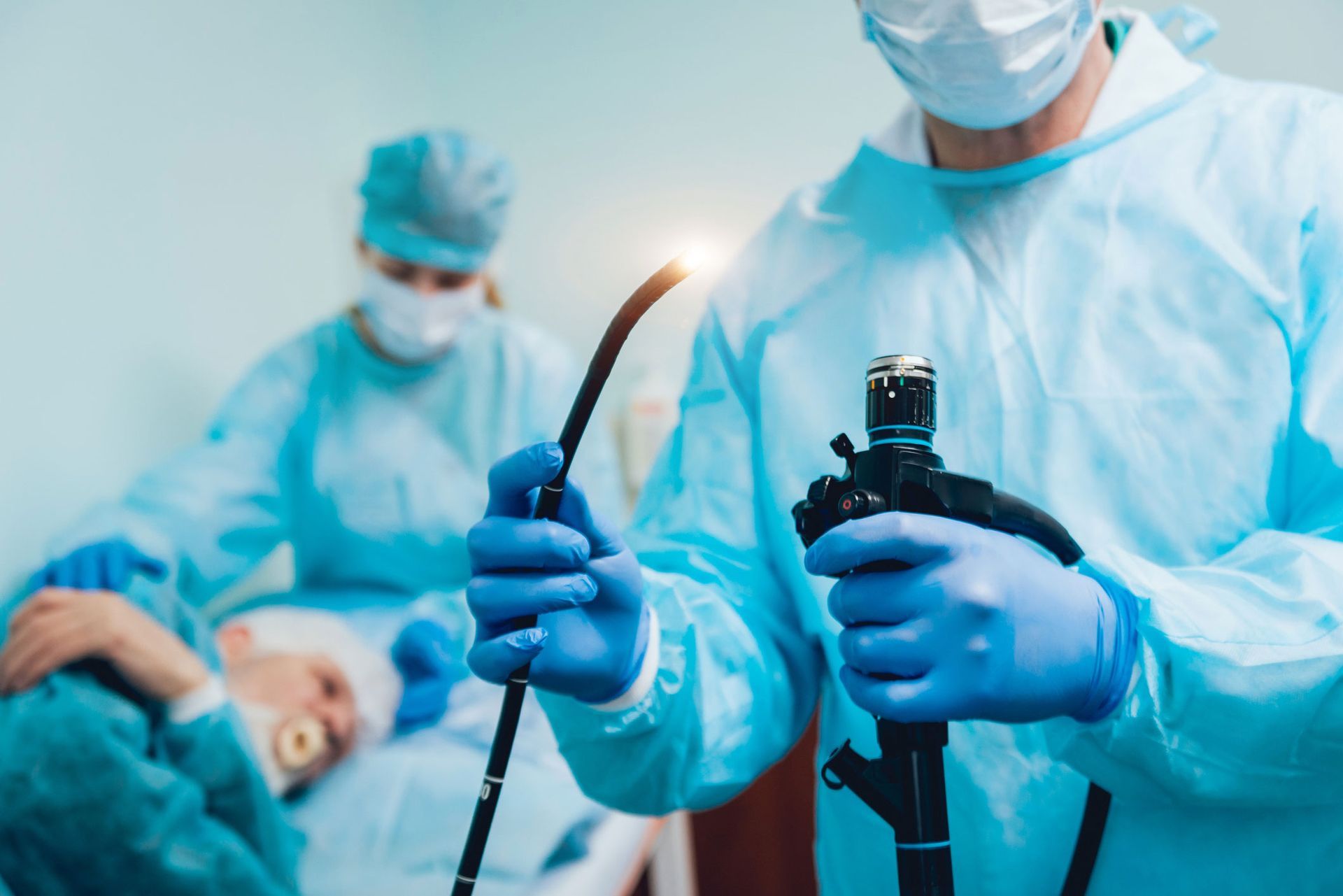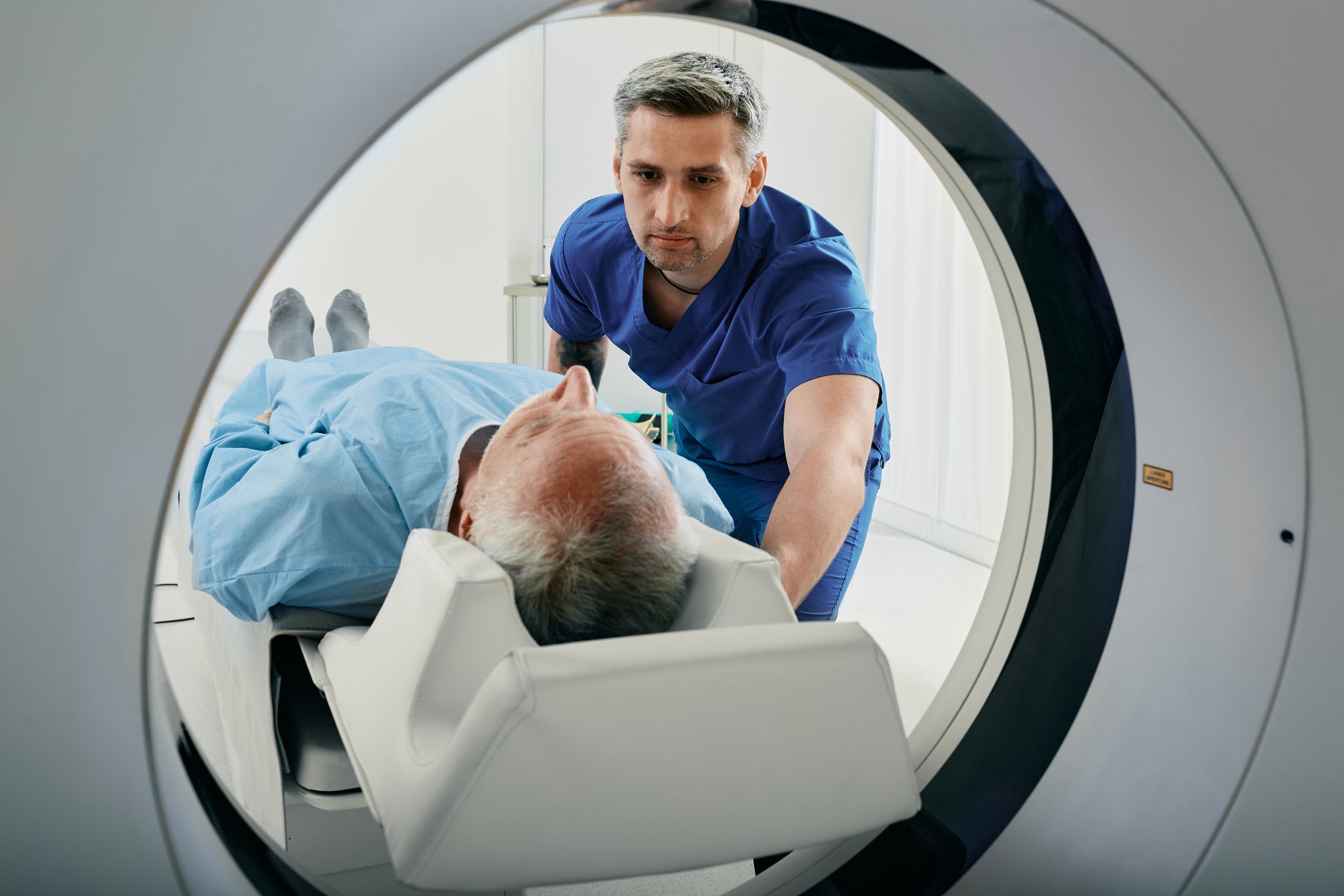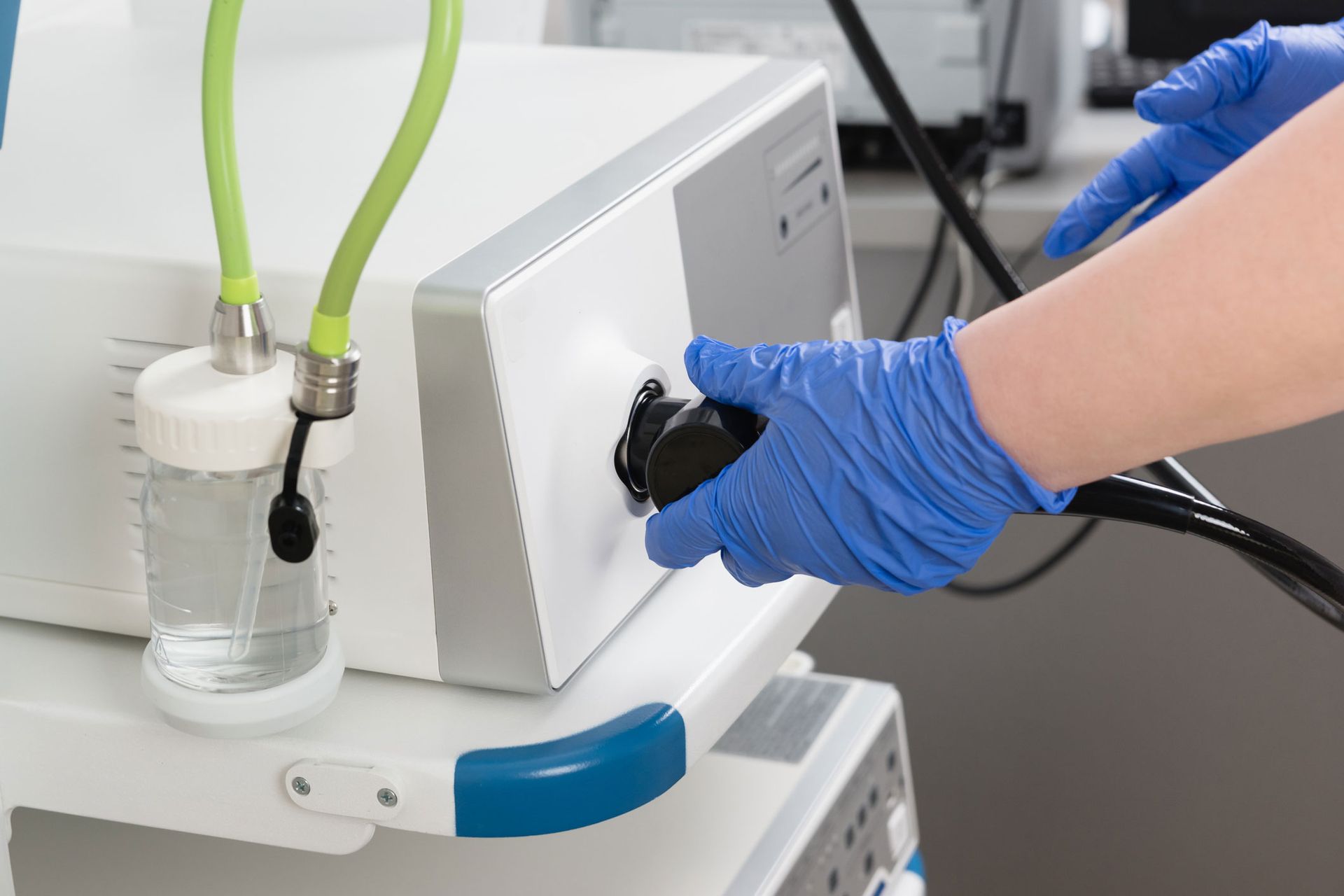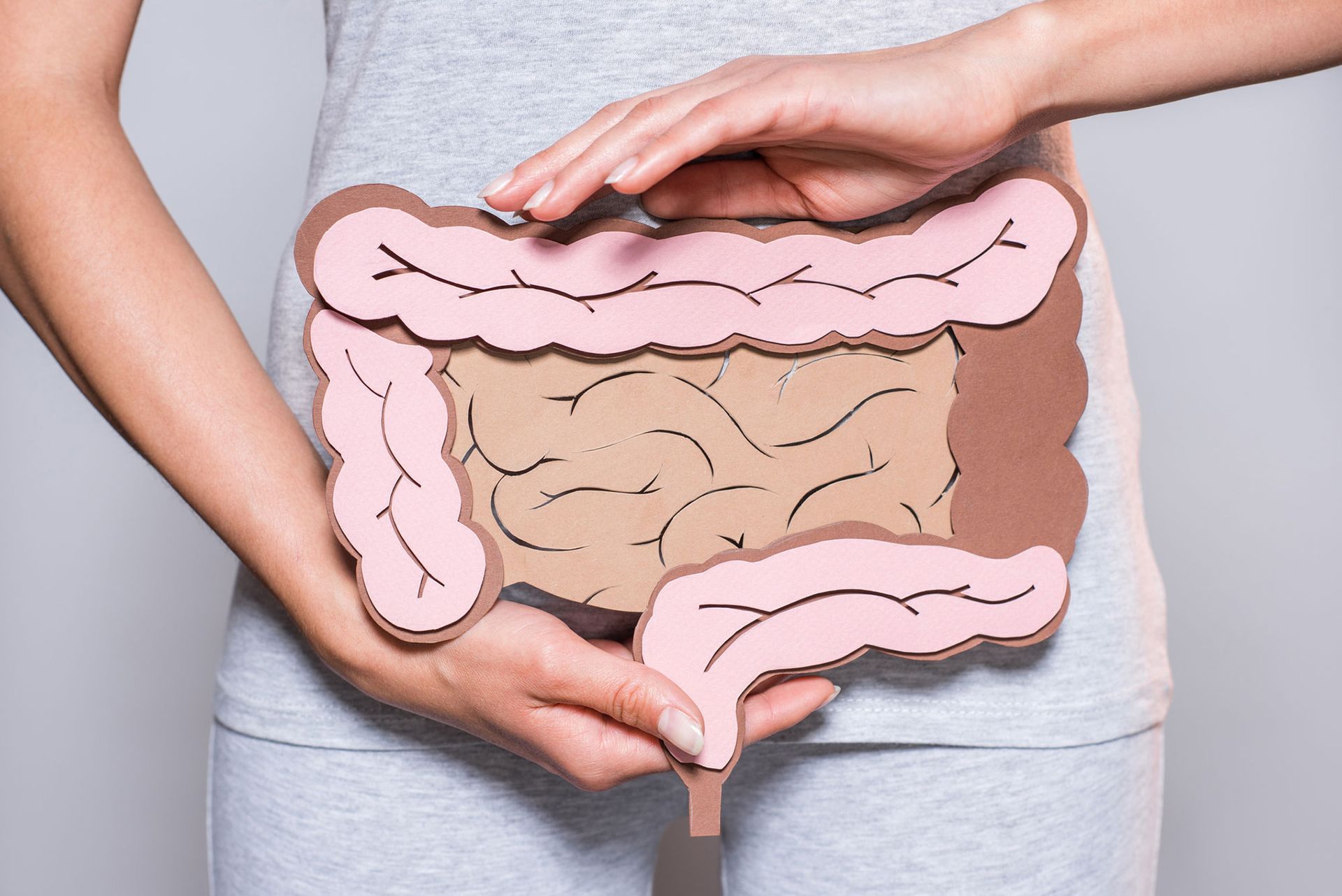Patient Resources

Information for Patients Fatty liver disease is the fastest-growing segment of chronic liver disease. It is estimated that more than one in three adults suffer from Metabolic Dysfunction-Associated Steatotic Liver Disease aka. MASLD (previously non-alcoholic fatty liver disease, NAFLD)1. With early detection and intervention fatty liver disease can be halted or even reversed. About Fatty Liver Disease Fatty liver disease is caused by an excess amount of fat in the liver. Usually a small amount of excess fat isn’t problematic, but for about 20% of those with fatty liver, the condition gradually progresses and leads to inflammation in the liver. This is known as Metabolic Dysfunction-Associated Steatohepatitis, MASH (previously non-alcoholic steatohepatitis, NASH). Inflammation in the liver can cause scar tissue build up, a process called fibrosis. When scar tissue extensively replaces healthy tissue and impairs liver function, cirrhosis occurs which dramatically increases the chances of liver failure or cancer.
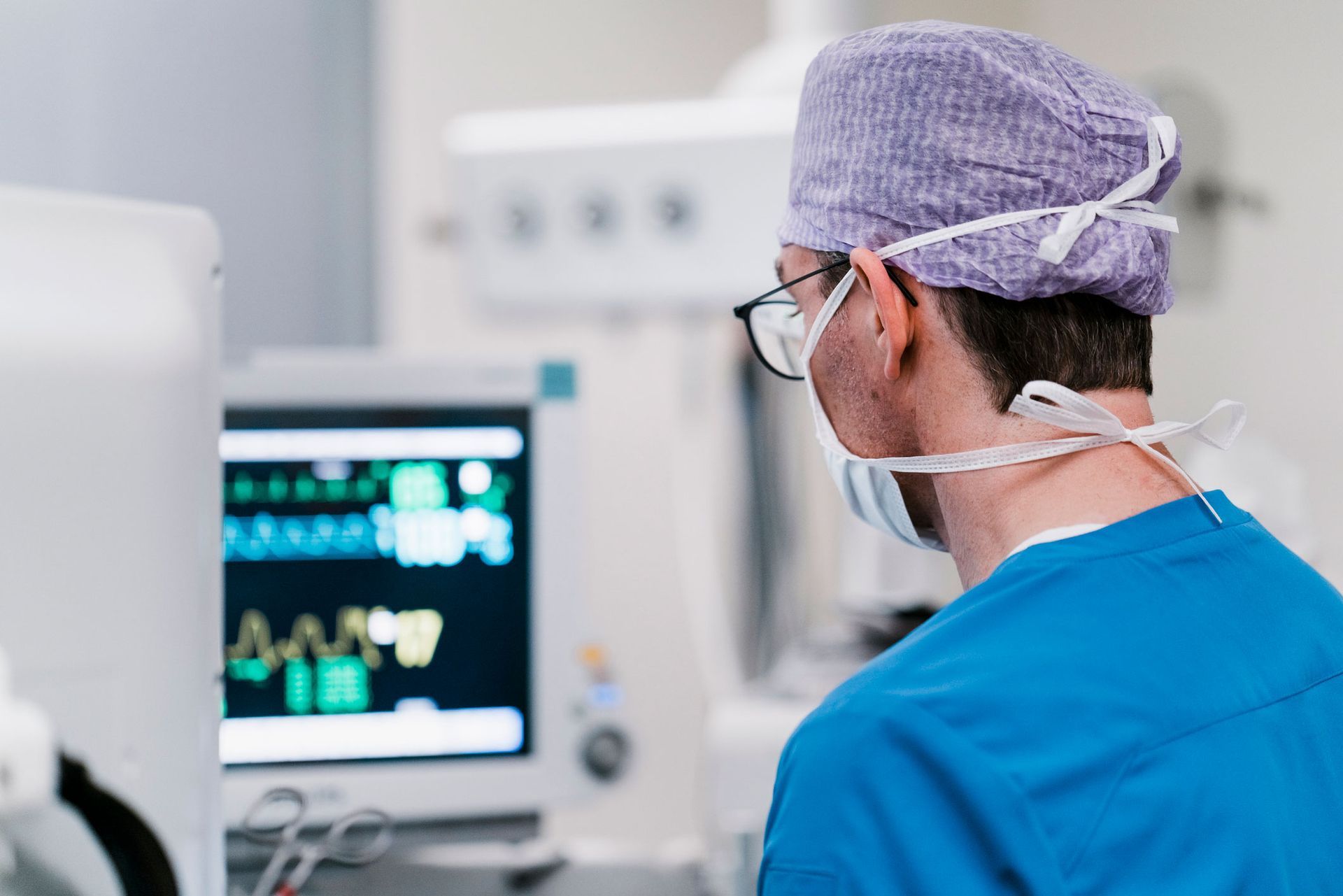
Monitored Anesthesia Care (MAC) is the intravenous administration of mild sedatives to help a patient relax and relieve anxiety during minor procedures that do not require general anesthesia. These procedures, such as biopsies and colonoscopies, typically require the injection of a local anesthetic to numb the surgical site. This is different from general anesthesia because you remain breathing on your own during the procedure and do not have a breathing tube. Your doctor will monitor you throughout the procedure just the same as he or she would during general anesthesia.

Conscious sedation is a combination of medicines to help you relax (a sedative) and to block pain (an anesthetic) during a medical or dental procedure. You will probably stay awake but may not be able to speak. Conscious sedation lets you recover quickly and return to your everyday activities soon after your procedure.

Hemorrhoid banding is a procedure used to treat painful, swollen hemorrhoids. The procedure is most often done because the hemorrhoids: (1) are bleeding severely, (2) are severely painful, (3) they contain a blood clot (thrombosed hemorrhoid) or, (4) they protrude through the anus (prolapsed hemorrhoids).

